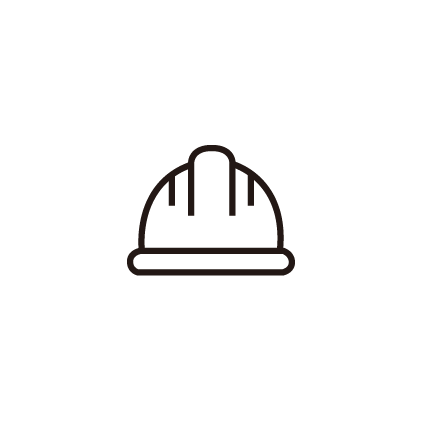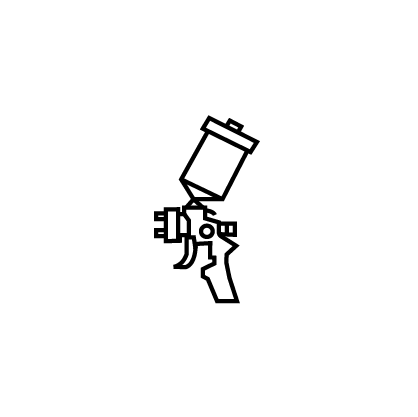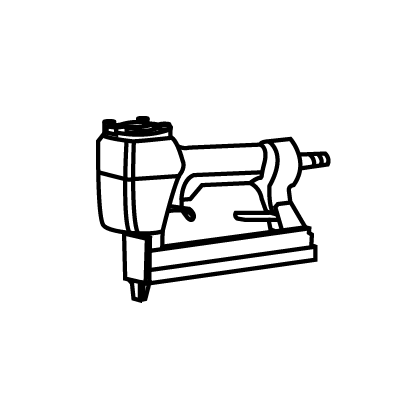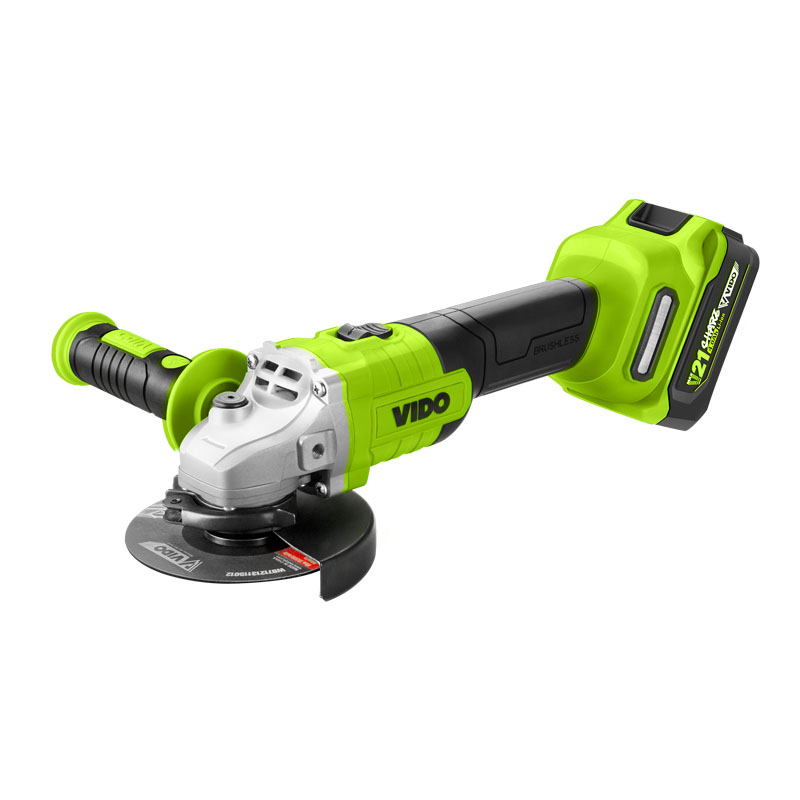In many industrial enterprises, workshops and factories, we all see fans. The main function of the fan is to enhance air circulation, reduce temperature and weaken toxic gases, which is of great significance to workers' operations. Let's take a look together below.
Because the hardness of the composite ceramic layer on the working surface of the fan impeller is HRA≥86 (toughened alumina composite material), the second sintered silicon nitride toughened ceramic or zirconia toughened alumina ceramic is used for the severely worn parts, and the highest can reach HRA94 or more. Its resistance to particle erosion and abrasion is at least 5 times higher than that of conventional tungsten carbide surfacing welding, spray spray welding and alloy powder bulk welding, which is more than 100 times higher than that of the base 16Mn steel; the thickness of the 1.5mm ceramic sheet is actually used.

The wear-resistant fan blades have been used for five years, and the average wear is less than 0.2mm. The wheel has a wide range of use, which is mainly determined by the working temperature of the fan, and is not affected by the wear medium. According to different working temperatures, the use range of wear-resistant ceramic fans is divided into three areas, namely: normal temperature working range: the temperature is below 120 degrees Celsius, using conventional polymer composite technology. Medium temperature working range: the temperature is 120-180 degrees Celsius, using high temperature resistant polymer and cold welding technology. High temperature working range: the temperature is 180 to 380 degrees Celsius, using ceramic-metal welding + high temperature resistant polymer material technology.
Because the impeller runs in the machine body without friction, the blower does not need lubrication, so that the exhaust gas does not contain oil. It is an ideal pneumatic conveying gas source for chemical, food and other industries. The blower is a volume operation type blower. When in use, with the change of pressure, the flow rate changes very little. But the flow rate changes with the speed. Therefore, the pressure range is very wide, and the flow rate can be selected by selecting the speed to meet the needs. The speed of the blower is high, the gap between the rotor and the rotor, and the rotor and the body is small, so that there is less leakage and the volumetric efficiency is higher. The structure of the blower determines that its mechanical friction loss is very small. Because only the bearing and gear pair have mechanical contact on the material selection, the rotor, casing and gear ring have sufficient mechanical strength. Safe operation and long service life are a major feature of blower products. The rotor of the blower has been checked for static and dynamic balance. The finished product runs smoothly with minimal vibration. The blowers with the above characteristics mainly include: Roots blowers, side-flow blowers, and multi-stage centrifugal blowers.
Modern blowers are mainly composed of the following six parts: motor, air filter, blower body, air chamber, base (and oil tank), drip nozzle. The blower operates eccentrically on the offset rotor in the cylinder, and changes the volume between the blades in the rotor slot to suck in, compress, and discharge air. During operation, the pressure difference of the blower is used to automatically send lubrication to the drip nozzle, and drip into the cylinder to reduce friction and noise, while keeping the gas in the cylinder from returning. This type of blower is also called a sliding vane blower. The conveying medium of the blower is mainly clean air, clean gas, sulfur dioxide and other inert gases. Other flammable, explosive, corrosive, toxic and special gases can also be produced and transported on demand. Therefore, it can be widely used in various industrial sectors such as metallurgy, chemicals, fertilizers, petrochemicals, food, building materials, petroleum, mines, textiles, gas stations, pneumatic conveying, and sewage treatment.






































































